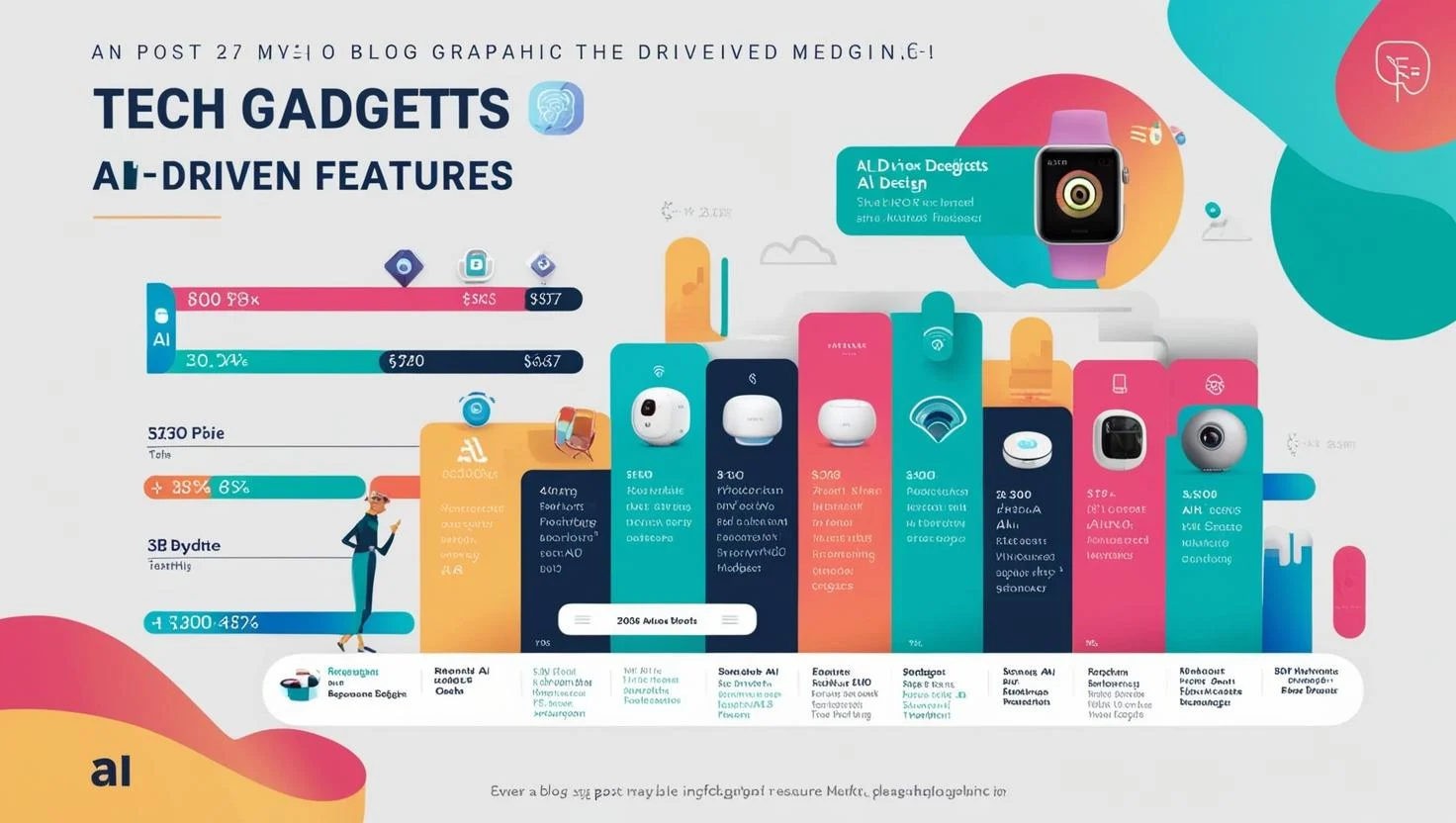Introduction: The AI-Powered Future of Content Marketing
Content marketing in 2025 is a battlefield where attention is the ultimate prize, and AI tools are the secret weapons that can give you the edge. Gone are the days of manually crafting blog posts, brainstorming social media captions, or spending hours on keyword research. Today, AI is transforming every step of the content marketing process, from creation to distribution, enabling marketers to work faster, smarter, and more effectively. Whether you're a small business owner, a freelance marketer, or part of a large agency, AI tools can help you create compelling content, optimize it for search engines, and deliver it to the right audience at the right time. But with so many tools available, how do you harness their power without losing the human touch that makes content resonate? In this guide, we’ll explore how to use real AI tools for content marketing in 2025, offering practical strategies and insights to elevate your campaigns while pondering the deeper implications of an AI-driven marketing landscape.
Step 1: Generate High-Quality Content with AI Writing Tools
The foundation of any content marketing strategy is high-quality content, and AI writing tools in 2025 are making this easier than ever. Tools like Jasper use advanced generative AI models to create blog posts, whitepapers, and email campaigns in minutes. For example, you can input a prompt like "Write a 1,500-word blog post about eco-friendly travel trends for millennials," and Jasper will deliver a polished draft complete with headings, statistics, and a conversational tone. In 2025, Jasper offers over 50 templates and integrations with tools like Grammarly and Surfer SEO, allowing you to match your brand voice—whether it’s witty, professional, or empathetic. Marketers report cutting content creation time by 60% using such tools, but here’s the thought-provoking angle: if AI can write content this well, are we risking a flood of generic, formulaic content, or can marketers use these tools to amplify their unique perspectives? Learn more about Jasper [Web ID: 11]

Step 2: Optimize Content with AI-Driven SEO Tools
Creating content is only half the battle—getting it seen is the other half. In 2025, AI-powered SEO tools like Clearscope are revolutionizing how marketers optimize their content for search engines. Clearscope analyzes search trends, user intent, and competitor strategies to provide real-time recommendations. For example, after uploading a blog post, Clearscope might suggest adding keywords like "sustainable travel 2025" or restructuring a section for better readability, predicting a 40% increase in organic traffic with 95% accuracy. It even suggests internal linking strategies to boost your site’s authority. Marketers using Clearscope in 2025 have seen a 50% improvement in search rankings, but here’s the provocative question: as AI optimizes content for algorithms, are we prioritizing search engines over human readers, or is this the key to staying competitive in a crowded digital space? Learn more about Clearscope [Web ID: 21]
Step 3: Enhance Visuals with AI Design Tools
Visuals are a critical part of content marketing, and AI design tools like Canva Magic Studio are making it easier for non-designers to create stunning graphics in 2025. Canva, with 887 million monthly visits, uses deep learning to generate custom images, infographics, and social media banners based on your content. For instance, if you’re promoting a blog post about "Top Tech Gadgets of 2025," Magic Studio can create a sleek infographic with product images, stats, and a futuristic design—all in under 10 minutes. It even suggests color schemes and layouts based on current trends, ensuring your visuals pop. In 2025, Magic Studio’s features save marketers up to 5 hours per project. But here’s the deeper issue: as AI takes over design, are we losing the artistry of human creativity, or is this empowering marketers to focus on strategy over aesthetics? Learn more about Canva [Web ID: 4, Web ID: 7]

Step 4: Automate Distribution with AI Social Media Tools
Once your content is ready, getting it in front of the right audience is key, and AI social media tools like Ocoya are leading the charge in 2025. Ocoya uses natural language processing and predictive analytics to craft and schedule social media posts for platforms like Instagram, Twitter, and LinkedIn. For example, it can analyze your blog post, generate a series of posts (e.g., a teaser, a quote graphic, a link post), and schedule them at optimal times based on your audience’s engagement patterns. In 2025, Ocoya’s “SentimentBoost” feature even adjusts post tone based on trending sentiments, increasing engagement by 35%. Marketers love its hands-off approach, but here’s the thought-provoking twist: as AI automates distribution, are we losing the authenticity of social media, or is this the future of efficient, data-driven marketing? Learn more about Ocoya [Web ID: 21]
Step 5: Analyze Performance with AI Analytics Tools
The final step in content marketing is understanding what works, and AI analytics tools like Originality AI are making this a breeze in 2025. While primarily known as a content detector and plagiarism checker, Originality AI helps marketers ensure their AI-generated content passes as human-written, which is crucial for maintaining quality and trust. It can analyze your content’s originality across channels—blog posts, social media, and emails—ensuring it meets SEO and ethical standards. Marketers using Originality AI in 2025 rely on it to refine their content strategy, but here’s the bigger question: as AI tells us what works, are we becoming too reliant on data, losing the gut instinct that often drives creative marketing—or is this the path to precision in a noisy digital world? Learn more about Originality AI [Web ID: 14]
The Future: AI as a Content Marketer’s Co-Pilot
Looking to 2030, AI tools for content marketing will likely evolve into a seamless ecosystem, where one platform handles creation, optimization, design, distribution, and analysis with a single prompt. Imagine an AI that writes a blog post, designs its visuals, optimizes it for SEO, posts it on social media, and analyzes its performance—all while learning your brand’s style and audience preferences over time. This could democratize content marketing, allowing small businesses to compete with giants. But here’s the provocative thought: as AI becomes a co-pilot, will content marketing lose its human soul, becoming a game of algorithms—or will it empower marketers to focus on what truly matters: connecting with audiences on a deeper level?
Conclusion: Harness AI, But Keep the Human Spark
AI tools are revolutionizing content marketing in 2025, offering powerful ways to create, optimize, design, distribute, and analyze content with unprecedented efficiency. From Jasper to Originality AI, these tools can elevate your campaigns, helping you reach more people and achieve better results. Yet, the true magic of content marketing lies in its humanity—the stories, emotions, and connections that resonate with audiences. As you embrace AI in 2025, use it as a tool to amplify your creativity, not replace it. The future of content marketing isn’t about AI taking over—it’s about you and AI working together to create something extraordinary. So, which AI tool will you try first, and how will you use it to tell your brand’s story in 2025?

Comments